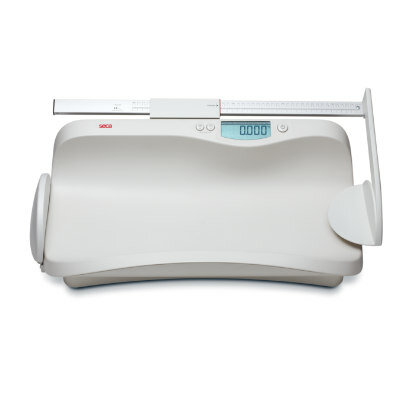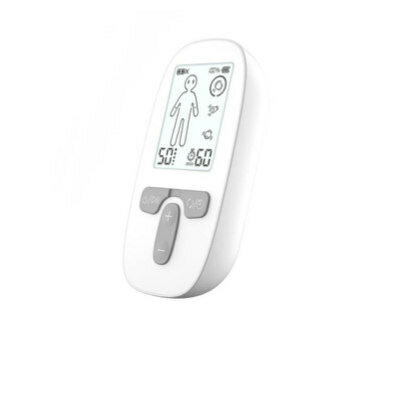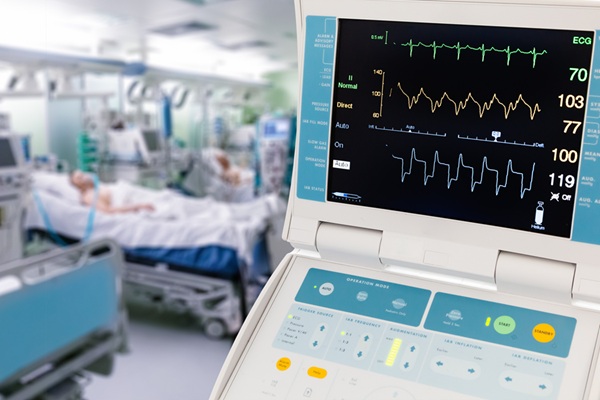Novel Surface Treatment Stops Microbes from Adhering to Medical Devices
|
By HospiMedica International staff writers Posted on 23 May 2022 |
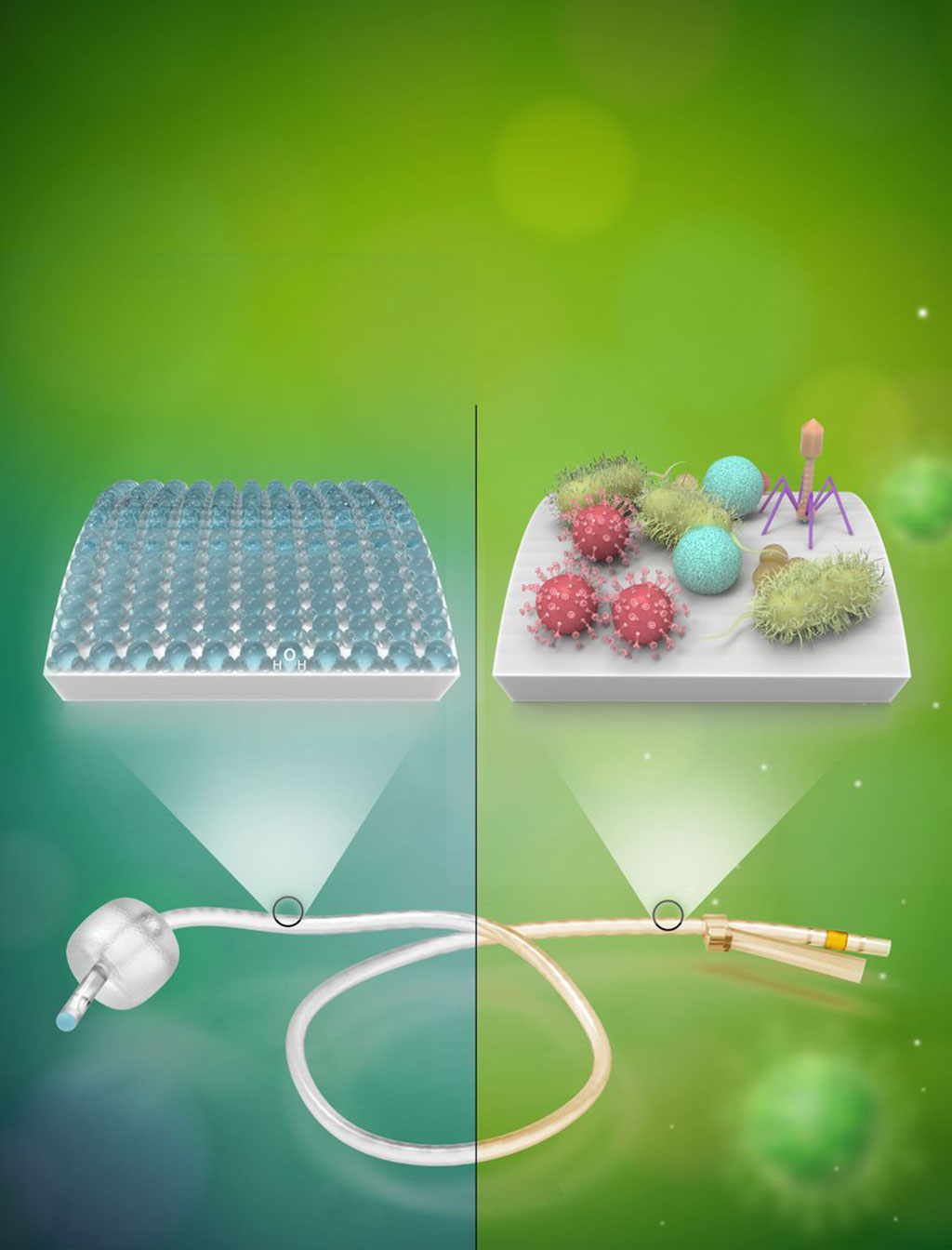
Hospitals and medical clinics can be the source of nasty infections, resulting in death from infection-related complications and billions in direct medical costs. The biggest culprits, experts say - accounting for two-thirds of these infections - are medical devices like catheters, stents, heart valves and pacemakers, whose surfaces often become covered with harmful bacterial films. Now, a novel surface treatment developed by scientists could help improve the safety of these devices and ease the economic burden on health care systems.
The new approach developed by a team of scientists at UCLA (Los Angeles, CA, USA) and tested in both laboratory and clinical settings, involves depositing a thin layer of what is known as zwitterionic material on the surface of a device and permanently binding that layer to the underlying substrate using ultraviolet light irradiation. The resulting barrier prevents bacteria and other potentially harmful organic materials from adhering to the surface and causing infection. In the laboratory, researchers applied the surface treatment to several commonly used medical device materials, then tested the modified materials’ resistance to various types of bacteria, fungi and proteins. They found that the treatment reduced biofilm growth by more than 80% - and in some cases up 93%, depending on the microbial strain.
The clinical research by the UCLA scientists involved 16 long-term urinary catheter users who switched to silicone catheters with the new zwitterionic surface treatment. Catheter-related urinary tract problems are illustrative of the issues plaguing other medical devices, which, once inserted or implanted, can become breeding grounds for bacteria and harmful biofilm growth. The pathogenic cells pumped out by these highly resilient biofilms then cause recurring infections in the body. In response, medical staff routinely adminster strong antibiotics to patients using these devices, a short-term fix that poses a longer-term risk of creating life-threatening, antibiotic-resistant “superbug” infections. The more widely and frequently antibiotics are prescribed, the more likely bacteria are to develop resistance to them.
Ten of the patients described their urinary tract condition using the surface-treated catheter as “much better” or “very much better,” and 13 chose to continue using the new catheter over conventional latex and silicone options after the study period ended. The surface treatment’s zwitterion polymers are known to be extremely biocompatible, and they absorb water very tightly, forming a thin hydration barrier that prevents bacteria, fungi and other organic materials from adhering to surfaces. The technology is highly effective, non-toxic and relatively low in cost compared with other current surface treatments for medical devices, like antibiotic- or silver-infused coatings. Beyond its use in medical devices, the surface treatment technique could have non-medical applications, potentially extending the lifetimes of water-treatment devices and improving lithium-ion battery performance.
“The beauty of this technology is that it can prevent or minimize the growth of biofilm without the use of antibiotics. It protects patients using medical devices - and therefore protects all of us - against microbial resistance and the proliferation of superbugs,” said Richard Kaner, UCLA’s Dr. Myung Ki Hong Professor of Materials Innovation and senior author of the research.
Related Links:
UCLA
Latest Surgical Techniques News
- Breakthrough Polymer Significantly Improves Safety of Implantable Medical Devices
- First-Ever Technology Makes Blood Translucent During Surgery
- Tibia Nailing System with Novel Side-Specific Nails to Revolutionize Fracture Surgery
- New Imaging Probe to Transform Brain Cancer Surgery
- New Technology More Than Doubles Success Rate for Blood Clot Removal
- Surgical Ablation During CABG Improves Survival in Patients with Preexisting Atrial Fibrillation
- New Battery Technology Delivers Additional Power to Implantable Medical Devices

- New Model Reveals Optimal Positioning of Orthopedic Screws in Fractures
- Non-Invasive Tool for Removing Lung Cancer Tumors Reduces Surgical Trauma
- Advanced Imaging Endoscopes to Revolutionize Detection and Treatment of Gastrointestinal Disorders
- Novel Mechanical Heart Valve Improves Blood Flow and Lowers Risk of Blood Clots
- First-of-Its-Kind Device Replaces Mitral Valve Without Open-Heart Surgery
- Innovation in Thermographic Neurosurgical Imaging Supports Informed Decision-Making
- Fluorescent Soft Robots Accurately Locate Early Gastric Cancer During Laparoscopic Surgery
- Ultrasound-Activated Microstructures Clean Implanted Stents and Catheters
- First-Ever MRI-Steerable Micro-Robotics to Revolutionize Glioblastoma Treatment
Channels
Critical Care
view channel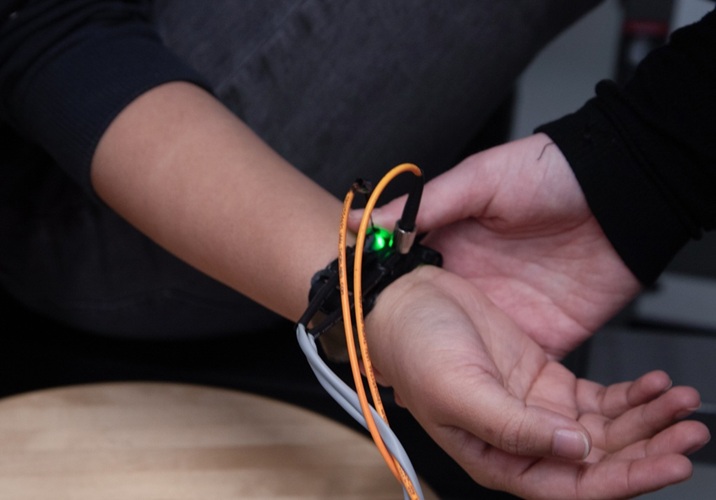
Cuff-Free Blood Pressure Monitoring Device to Improve Early Detection and Management of Hypertension
Hypertension affects nearly half of all adults in the U.S. and remains the leading cause of cardiovascular disease. Regular and accurate blood pressure monitoring is essential for managing this condition,... Read more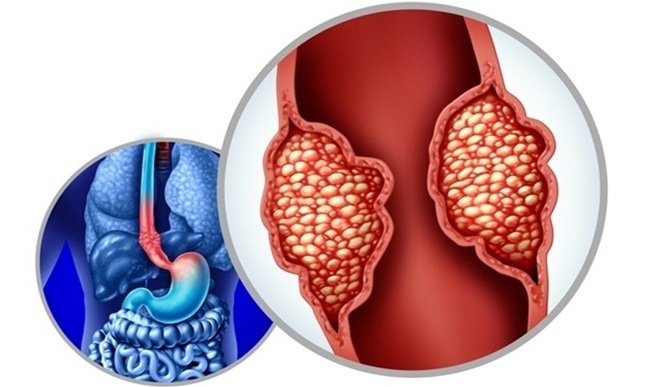
New Understanding of Barrett’s Esophagus Formation to Enable Earlier Intervention and Diagnosis
Barrett’s esophagus is a condition in which the lining of the esophagus—normally composed of squamous epithelial cells—undergoes a transformation into cells resembling those found in the stomach or intestine.... Read morePatient Care
view channel
Revolutionary Automatic IV-Line Flushing Device to Enhance Infusion Care
More than 80% of in-hospital patients receive intravenous (IV) therapy. Every dose of IV medicine delivered in a small volume (<250 mL) infusion bag should be followed by subsequent flushing to ensure... Read more
VR Training Tool Combats Contamination of Portable Medical Equipment
Healthcare-associated infections (HAIs) impact one in every 31 patients, cause nearly 100,000 deaths each year, and cost USD 28.4 billion in direct medical expenses. Notably, up to 75% of these infections... Read more
Portable Biosensor Platform to Reduce Hospital-Acquired Infections
Approximately 4 million patients in the European Union acquire healthcare-associated infections (HAIs) or nosocomial infections each year, with around 37,000 deaths directly resulting from these infections,... Read moreFirst-Of-Its-Kind Portable Germicidal Light Technology Disinfects High-Touch Clinical Surfaces in Seconds
Reducing healthcare-acquired infections (HAIs) remains a pressing issue within global healthcare systems. In the United States alone, 1.7 million patients contract HAIs annually, leading to approximately... Read moreHealth IT
view channel
Printable Molecule-Selective Nanoparticles Enable Mass Production of Wearable Biosensors
The future of medicine is likely to focus on the personalization of healthcare—understanding exactly what an individual requires and delivering the appropriate combination of nutrients, metabolites, and... Read more
Smartwatches Could Detect Congestive Heart Failure
Diagnosing congestive heart failure (CHF) typically requires expensive and time-consuming imaging techniques like echocardiography, also known as cardiac ultrasound. Previously, detecting CHF by analyzing... Read moreBusiness
view channel
Bayer and Broad Institute Extend Research Collaboration to Develop New Cardiovascular Therapies
A research collaboration will focus on the joint discovery of novel therapeutic approaches based on findings in human genomics research related to cardiovascular diseases. Bayer (Berlin, Germany) and... Read more








